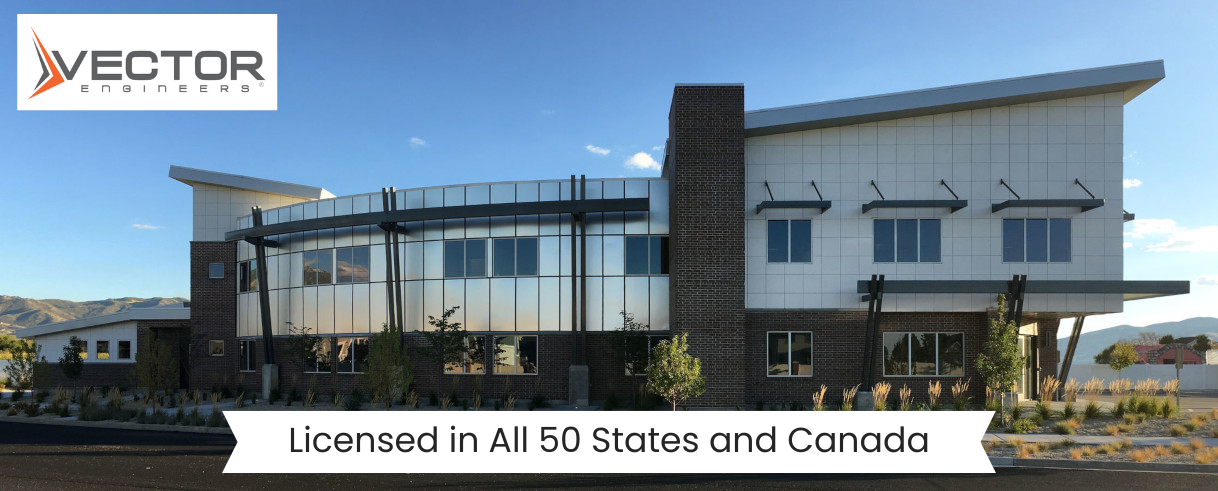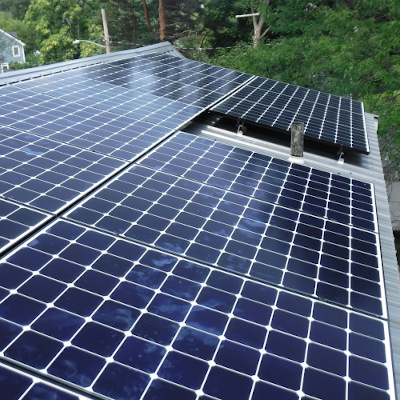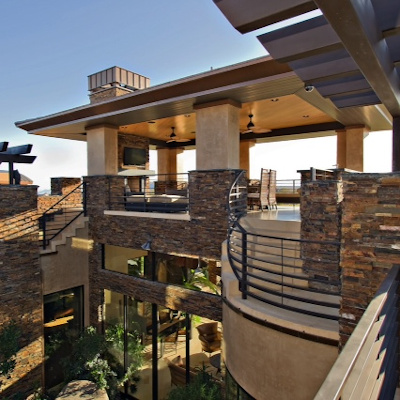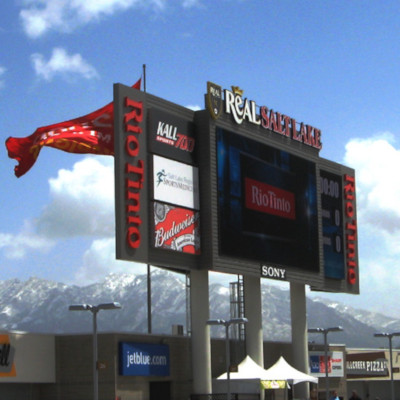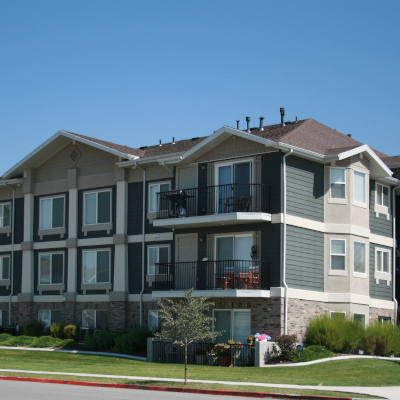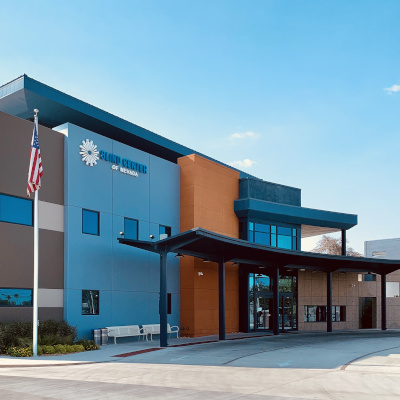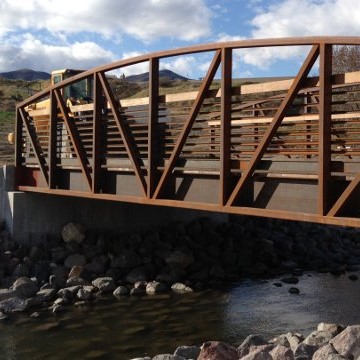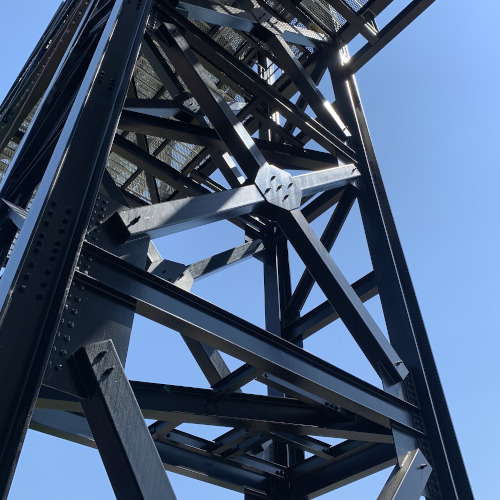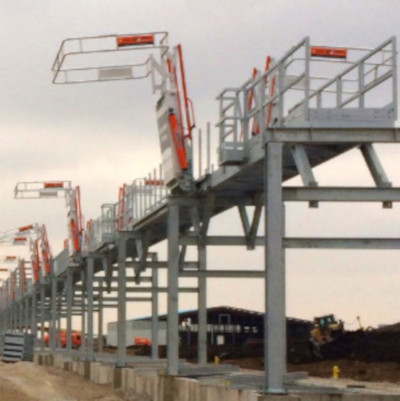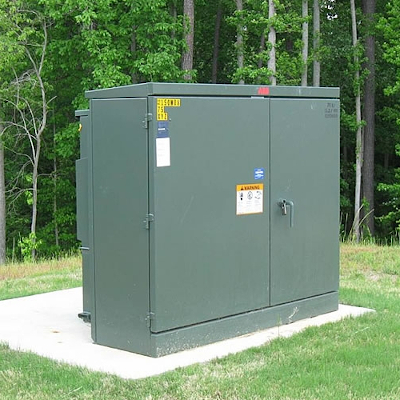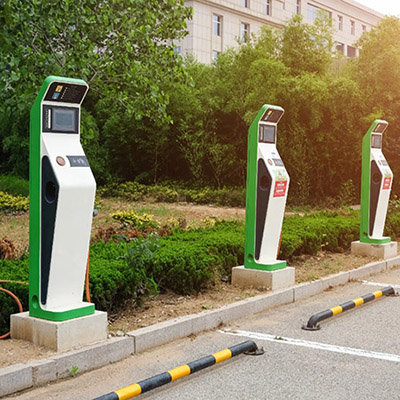Tucson Structural Steel Connections
Structural steel connections play a crucial role in the construction industry. These connections provide the necessary stability and strength to ensure the integrity and reliability of building structures. In Tucson, Arizona, where the demand for durable and safe buildings is high, understanding the different types, design principles, and regulations for structural steel connections is essential. This article aims to explore these aspects, highlighting their importance and relevance in Tucson’s construction industry.
Understanding Structural Steel Connections
When it comes to constructing buildings, understanding the intricacies of structural steel connections is crucial. These connections play a vital role in transferring loads and maintaining the stability of the entire structure. Without proper connections, a building would be vulnerable to collapse and compromise the safety of its occupants.
Basic Components of Structural Steel Connections
Structural steel connections consist of several components that work together harmoniously. Let’s delve into these components and explore their unique characteristics:
Bolts
Bolts are one of the most commonly used components in steel connections due to their ease of assembly and disassembly. These fasteners provide a reliable and secure connection between structural elements. Bolts come in various sizes and types, such as hex bolts, anchor bolts, and carriage bolts, allowing for versatility in different connection scenarios.
Welds
Welding is another essential method for creating structural steel connections. It involves melting and fusing the metal components together to form a permanent and robust connection. Welds offer excellent strength and durability, making them suitable for connections that require high load-bearing capacity.
Rivets
Rivets, although less commonly used today, have played a significant role in the history of structural steel connections. These metal fasteners are inserted through aligned holes in the connected elements and then hammered or compressed to create a tight joint. Rivets provide exceptional strength and resistance to shear forces, making them ideal for heavy-duty connections.
Importance of Steel Connections in Building Structures
Steel connections are not just mere components; they are integral to the overall structural performance of buildings. Let’s explore why these connections hold such paramount importance:
Stability and Load-Bearing Capacity
Steel connections ensure the stability and load-bearing capacity of various structural elements, such as beams, columns, and trusses. These connections distribute the applied loads evenly throughout the structure, preventing any localized stress concentrations. By effectively transferring loads, steel connections help maintain the structural integrity of the building.
Preventing Catastrophic Failures
A well-designed and properly executed steel connection can prevent catastrophic failures. By providing a secure and reliable link between structural elements, these connections minimize the risk of sudden collapses or structural deformations. This is especially crucial in areas prone to seismic activities or extreme weather conditions.
Safety of Occupants
Steel connections directly impact the safety of the building’s occupants. When connections are strong and properly designed, they ensure that the structure can withstand various forces, such as wind, earthquakes, and heavy loads. This reassurance allows occupants to feel secure and protected within the building’s walls.
Longevity of the Structure
Steel connections also contribute to the longevity of the structure. By providing a durable and reliable connection, these components help the building withstand the test of time. Properly maintained steel connections can extend the lifespan of a structure, reducing the need for frequent repairs or replacements.
Understanding the basic components and the importance of steel connections in building structures is essential for architects, engineers, and construction professionals. By paying attention to the intricate details of these connections, they can ensure the safety, stability, and longevity of the structures they design and build.
Types of Structural Steel Connections in Tucson
Bolted Connections
Bolted connections are widely used in Tucson’s construction projects due to their adaptability and ease of installation. These connections involve the use of bolts to join steel members, such as beams and columns, together. The bolted connections can be categorized into bearing-type connections, slip-critical connections, and preloaded connections.
Welded Connections
Welded connections provide a more rigid and permanent connection compared to bolted connections. In Tucson, welded connections are commonly utilized in high-stress areas, where increased strength and resistance to fatigue are required. Proper weld design and execution are crucial to ensure the structural integrity of the connection.
Riveted Connections
Although riveting has become less common in modern construction, it still holds historical significance in some Tucson structures. Riveted connections involve using metal pins, known as rivets, to connect steel members. While riveted connections offer exceptional strength and durability, they require specialized techniques and tools that may not be as readily available as bolts or welds.
Design Principles of Structural Steel Connections
Load Transfer in Steel Connections
The transfer of loads is a fundamental principle in steel connection design. Different types of loads, such as gravity loads, lateral loads, and seismic forces, must be carefully considered when designing connections. Load paths should be established to ensure that the forces are efficiently transferred from one element to another, reducing stress concentrations and potential failure points.
Connection Configuration and Design
The configuration and design of a steel connection are crucial in determining its performance. Factors such as member size, connection type, and material properties must be taken into account. Additionally, proper detailing and fabrication techniques are essential to ensure the desired strength, stiffness, and ductility of the connection.
Tucson’s Regulations and Standards for Structural Steel Connections
Local Building Codes and Regulations
In Tucson, the construction industry operates within a framework of local building codes and regulations. These codes, such as the Tucson Building Code, provide guidelines for the design, installation, and inspection of structural steel connections. Compliance with these codes is mandatory to ensure the safety and quality of constructions.
National and International Standards
In addition to local regulations, Tucson’s construction industry adheres to national and international standards. These standards, such as those published by the American Institute of Steel Construction (AISC) and the International Building Code (IBC), provide further guidelines and specifications for the design and construction of structural steel connections.
Maintenance and Inspection of Structural Steel Connections
Regular Inspection Practices
Maintenance and inspection are critical for the long-term performance and safety of structural steel connections. Regular inspections, conducted by qualified professionals, help identify any signs of corrosion, deterioration, or damage in the connections. These inspections allow for timely repairs, preventing further deterioration and potential structural failures.
Maintenance Techniques for Steel Connections
Proper maintenance techniques, such as cleaning, painting, and corrosion protection, play a significant role in extending the lifespan of structural steel connections. Regular cleaning removes debris and contaminants that can accelerate corrosion. Applying protective coatings, such as paint or galvanized coatings, provides an additional barrier against corrosion and enhances durability.
In conclusion, understanding Tucson’s structural steel connections is vital for architects, engineers, and construction professionals involved in building design and construction. By comprehending the different types of connections, design principles, and regulatory standards, stakeholders can ensure the safety, reliability, and longevity of Tucson’s structures. Regular maintenance and adherence to inspection practices further contribute to the lifespan and performance of structural steel connections, safeguarding the community and promoting sustainable development in Tucson’s construction industry.
What our customers have to say
“I have had the pleasure of working with the Engineers at Vector for over 10 years. Over that time they have continually proven themselves in their quality of work, dedication to their craft, and in meeting tight deadlines. They have gone out of their way to learn and understand our designs to ensure their results are as accurate and reasonable as possible. I would highly recommend them to anyone.”
“We have had a very smooth transition from our previous engineering firm to your company. Since we made the move, the turnaround times have been very quick and consistent, and we haven’t had to stress over our structural stamps — which has been a great relief. Many thanks to you and the rest of your team.“
“Over the course of my ten years in the industry, I’ve used probably 30 different PE firms, and Vector has just out-performed them in every way. Speed. Quality. Price. We operate in 900 cities and towns in seven states, and all the jurisdictions appreciate their verbiage, layout and calculations. We never have issues with anybody questioning their work.”
“DBM Solar Design & Consulting has been working with Vector now for 5 years. We have not worked with any other engineering firm outside of Vector and there is a reason for that. All the engineers that I have worked with have all been most accommodating in every aspect of our solar engineering projects.”
“Over the course of my ten years in the industry, I’ve used probably 30 different PE firms, and Vector has just out-performed them in every way. Speed. Quality. Price. We operate in 900 cities and towns in seven states, and all the jurisdictions appreciate their verbiage, layout and calculations. We never have issues with anybody questioning their work.”
“I have had the pleasure of working with the Engineers at Vector for over 10 years. Over that time they have continually proven themselves in their quality of work, dedication to their craft, and in meeting tight deadlines. They have gone out of their way to learn and understand our designs to ensure their results are as accurate and reasonable as possible. I would highly recommend them to anyone.”
“We have had a very smooth transition from our previous engineering firm to your company. Since we made the move, the turnaround times have been very quick and consistent, and we haven’t had to stress over our structural stamps — which has been a great relief. Many thanks to you and the rest of your team.“
“DBM Solar Design & Consulting has been working with Vector now for 5 years. We have not worked with any other engineering firm outside of Vector and there is a reason for that. All the engineers that I have worked with have all been most accommodating in every aspect of our solar engineering projects.”

Providing Structural & Electrical Engineering services in all 50 states plus Washington D.C., Puerto Rico and Canada.


